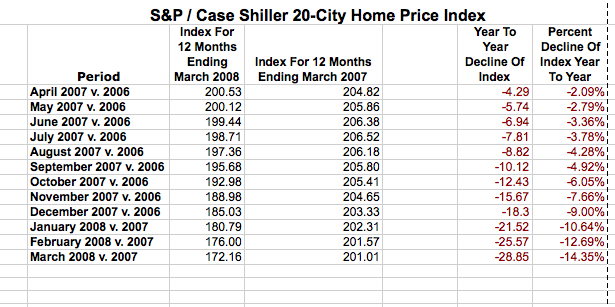Is CIT Relevant?
- CIT provides financing to over 1,000,000 small and mid-sized businesses.
- CIT provides more loans than any other lender under the Small Business Administrations most popular program.
CIT is the provider of capital to America's small businesses. One can argue that there are others such as GE, but no other company has the focus of CIT. Given the other bailouts, saving CIT should be a no brainer. The Wall Street Journal reports that there has not been a ground swell of public support for assistance to CIT.
Ironically hasn't the public complained that the large banks aren't lending bailout dollars quickly enough to help the economy? CIT likes to make loans, they are good at making loans, and CIT is has the best infrastructure in place for getting out financing for the small businesses that can generate jobs. Importantly they are not punch drunk push-overs that make stupid loans. Their trouble emanates from the current economic contraction.
The stimulus programs are not going to work unless money is put to work. CIT actually has the infrastructure in place to augment the recovery of small business in America. Here is a great opportunity to save a financial institution worth saving.
